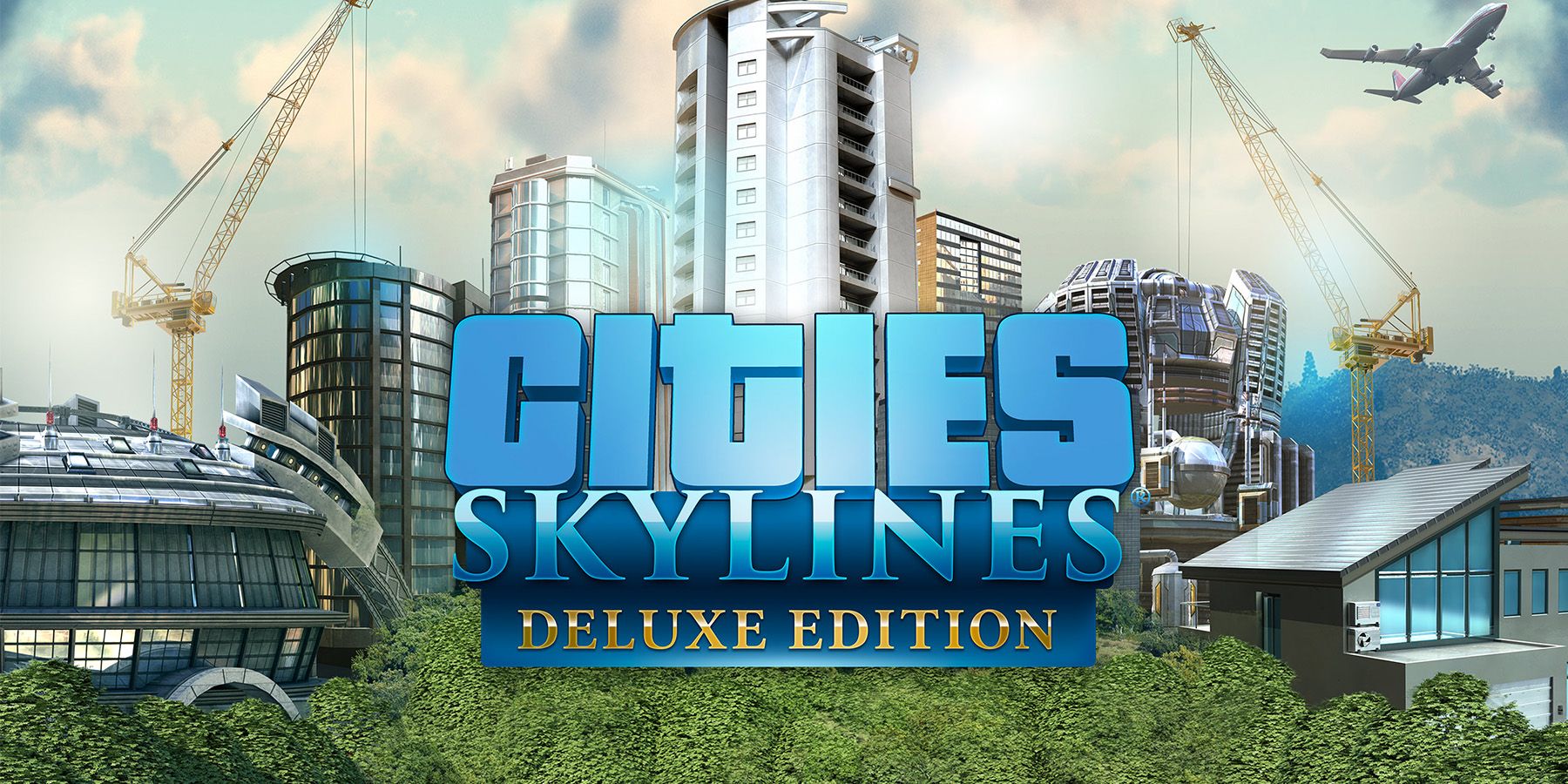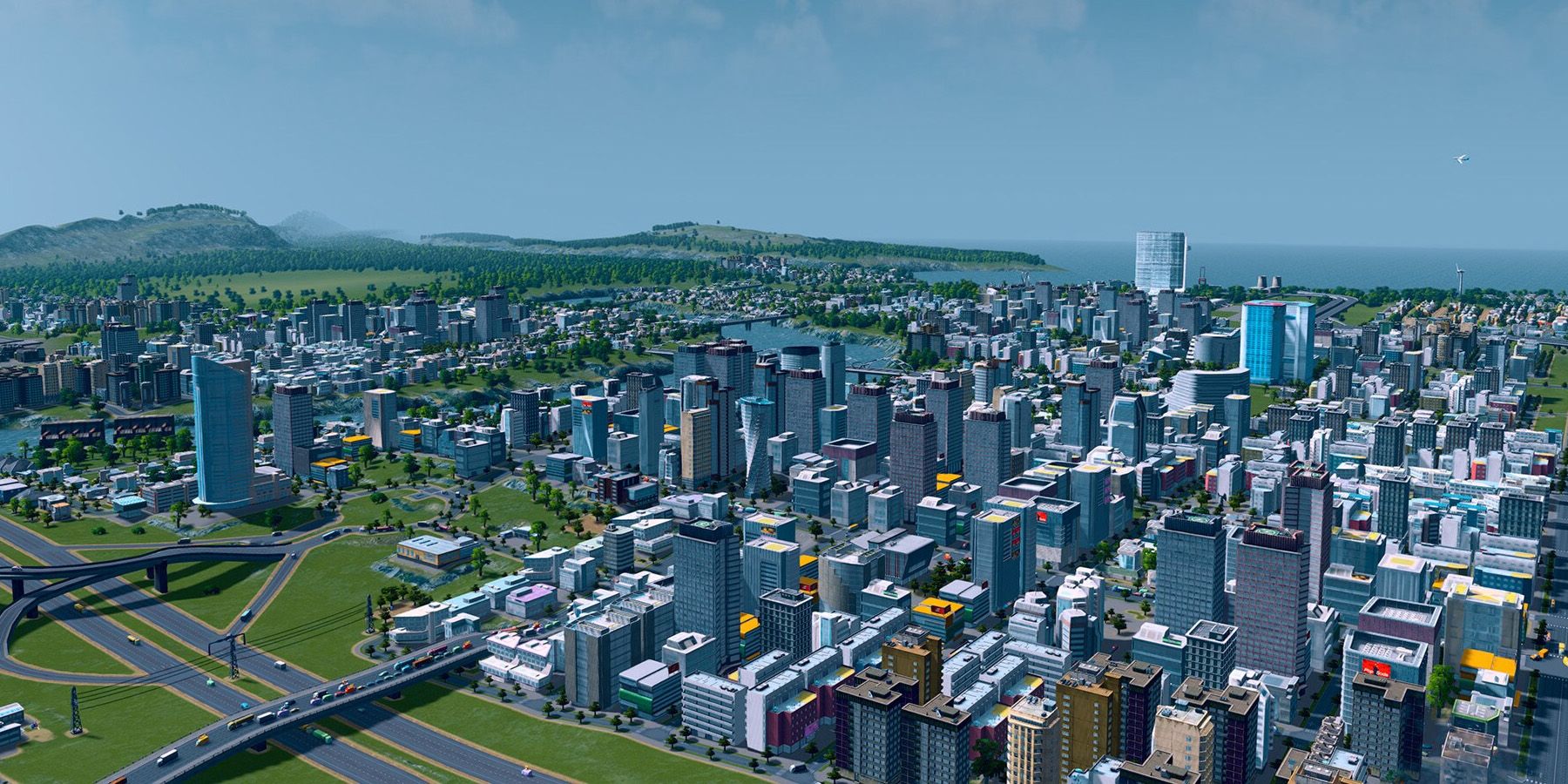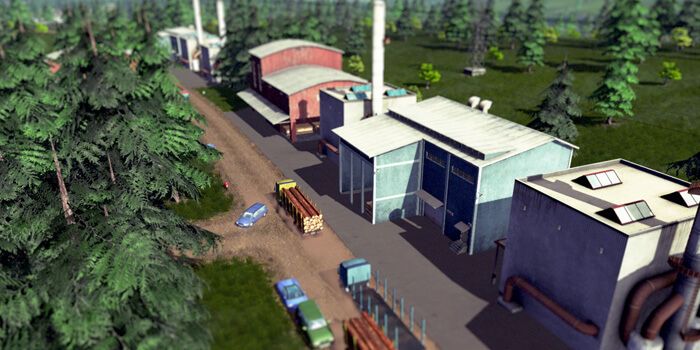In 2013, EA released the next title in its city building simulation series SimCity. The series was once kingpin of the genre, but this title was rife with controversy over the direction that EA took it. City building fans were upset with the always online mechanic and limits that the game put on their creativity, so they began to look toward other games. They did not have to look for long, as in 2015 Colossal Order launched Cities: Skylines.
Cities: Skylines was met with praise upon release, engrossed players for hours on end. It became publisher Paradox Interactive's best-selling title, and in 2019 it passed six million copies sold. Since release, the game has received a decent amount of DLC that has expanded the game in all sorts of ways, but seven years after release there has been little news on a sequel.
How Cities: Skylines Has Aged
Cities: Skylines has begun to show its age, especially as each of the expansion packs seem to share similar elements with the last. An expansion pack usually adds a couple new buildings and a new zone to customize, with the most recent adding customizable Airports that need specific zoning and a few required buildings. Once the airport is up and running, it will slowly fill up a progress bar based on passenger count and attractiveness, and once the bar fills the airport will level up so players unlock new buildings. It is an interesting mechanic, but Cities: Skylines has done it before.
The majority of the expansions have given players a new customizable zone to place down and level up. Cities: Skylines did this with parks, college campuses, and industrial zones. The game has increasingly added this type of content, and although it can be fun, it shows that the systems in place for Cities: Skylines does not allow for much more complexity.
On top of the copy-and-paste DLC that Cities: Skylines has been getting, its graphics and stability have not improved over the years. The game itself looks like it released in 2015, and the capability of games has expanded greatly since then. Along with that, the game can only support a city of a certain size before it starts to stutter and crash. That's not even mentioning how fans have been asking for an improvement to many of the systems for years.
What Cities: Skylines 2 Could Look Like
A Cities: Skylines sequel could take advantage of modern hardware and game design to deliver an even stronger city building game. Currently, the Cities: Skylines brand still dominates the genre as SimCity has remained dormant, but that will not last forever. As some DLC packs have felt like leftovers, this could point to a sequel.
Cities: Skylines 2 could build off the success of Cities: Skylines and create a more definitive experience. Colossal Order can take what it learned from Cities: Skylines and apply it to the next title, using all the original DLC packs and community feedback to improve its sequel on day one. The campus and airport features can be expanded to provide more customization on the player's part, allowing them to control every minute detail
Colossal Order should also take some inspiration from the controversial 2013 SimCity. In SimCity, players were able to upgrade certain buildings like the police station using modular building add-ons. These would expand the capacity or offer additional services. It was more engaging than a simple progress bar that filled up, or placing an upgraded version of the building on top of existing plots. The modular civic buildings are one of the things that city builder fans think Simcity did right, and Colossal Order should take notes.
It is unclear when a sequel to Cities: Skylines will be released. Because Cities: Skylines proved very successful for Paradox and Colossal Order, it should only be a matter of time before an announcement is made. Fans of the city building genre will just have to wait and see.
Cities: Skylines is available now on PC, PS4, Switch, and Xbox One.






